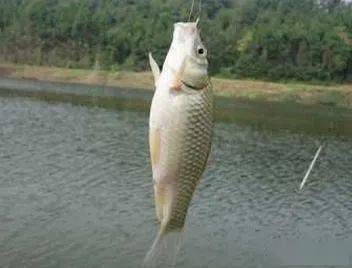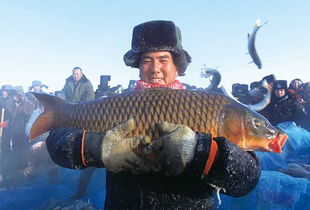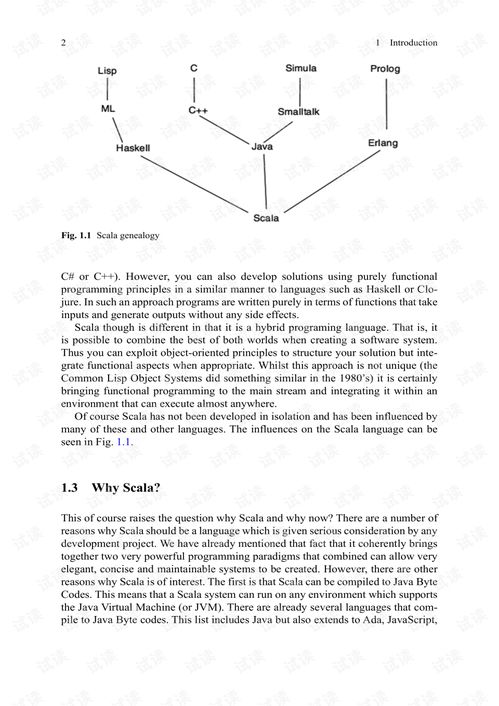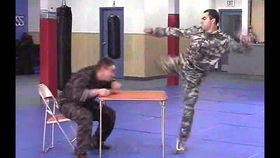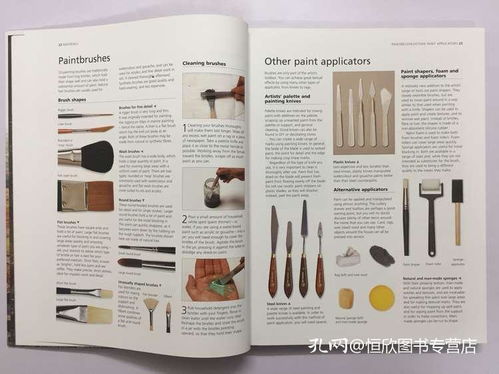本文目录导读:
- Understanding Potato Fishing
- The Best Time for Potato Fishing
- Choosing the Right Potatoes
- Preparing Your Potatoes
- The Right Equipment
- Choosing the Right Location
- The Technique
- Safety and Etiquette
- Conclusion
Content:
As the first rays of sunlight pierce through the crisp, early spring air, anglers begin to anticipate the return of one of the most unique fishing experiences: catching potatoes. Yes, you read that right—potatoes. While it might sound like an unusual pursuit, potato fishing has gained a dedicated following, especially in regions where this method is a local tradition. In this article, we'll delve into the art of early spring potato fishing and provide you with essential techniques to help you master this unique fishing endeavor.
Understanding Potato Fishing
Potato fishing, also known as "potato fishing" or "potato trap fishing," is a method of fishing that involves using potatoes as bait. The practice is believed to have originated in certain parts of Europe and has since spread to other regions, including North America. The idea is that the scent of the potato will attract fish, which will then bite on the hook attached to the potato.
The Best Time for Potato Fishing
The best time to engage in potato fishing is during the early spring, when water temperatures are rising and fish are actively feeding. Typically, this falls between March and May, depending on your geographical location. During this period, fish are more likely to be on the move and seeking food, making them more susceptible to the allure of a potato.
Choosing the Right Potatoes
Not all potatoes are created equal when it comes to fishing. For potato fishing, you'll want to select firm, unbruised potatoes that have a strong, earthy scent. Avoid using potatoes that are too soft or have green spots, as these may not be as effective. Potatoes with a slightly sweet taste are often preferred, as they tend to be more appealing to fish.
Preparing Your Potatoes
Before you head out for your fishing trip, prepare your potatoes by cutting them into manageable pieces. The size of the pieces will depend on the type of fish you're targeting. For larger fish, larger pieces are better, while smaller fish may require smaller chunks. Ensure that you keep the pieces large enough to attach a hook to securely.

The Right Equipment
While potato fishing can be done with relatively simple equipment, there are a few essentials you'll need:
- A rod and reel suitable for the type of fish you're targeting.
- Hooks that are strong enough to withstand the weight of the potato and the fish.
- A line that is appropriate for the depth of water you'll be fishing in.
- A weight or sinker to keep your bait at the desired depth.
Choosing the Right Location
Potato fishing can be done in a variety of water bodies, including rivers, lakes, and ponds. The key is to find a location where fish are known to congregate during the early spring. Look for areas with a strong current, as these tend to attract fish looking for food. Also, consider areas with a mixture of shallow and deep water, as this can provide a variety of habitats for fish.
The Technique
When using potatoes as bait, it's important to employ the right technique to ensure success:
Attach the Hook: Secure the hook through the potato piece so that it is visible but not overly exposed. The hook should be positioned so that it is partially covered by the potato, making it less likely to snag on debris.
Cast Your Line: Cast your line into the water, ensuring that the potato is at the desired depth. If you're fishing in a river, cast upstream and let the current take your bait to the fish.
Patience is Key: Potato fishing requires patience. Allow your bait to sit undisturbed for an extended period. Fish may take a while to approach, so be prepared to wait.
Watch for Bites: Be alert for any signs of a bite. This might include a sudden movement of the line, a tug, or a subtle change in the rate at which the line is being pulled towards the boat.
Reel In Gently: When you feel a bite, reel in gently but steadily. Avoid jerking the rod, as this can spook the fish.
Safety and Etiquette
Always prioritize safety and follow local fishing regulations. Be mindful of other anglers and water users, and respect the environment by disposing of your trash properly. Additionally, if you're fishing in a public area, be considerate of the local community and maintain a clean and respectful fishing experience.
Conclusion
Early spring potato fishing is a unique and rewarding experience that requires patience, practice, and a bit of ingenuity. By understanding the basics of this fascinating method and applying the essential techniques outlined in this article, you'll be well on your way to becoming a master of potato fishing. So, grab your rod, select your potatoes, and embark on an adventure that will leave you with memories to last a lifetime. Happy fishing!
